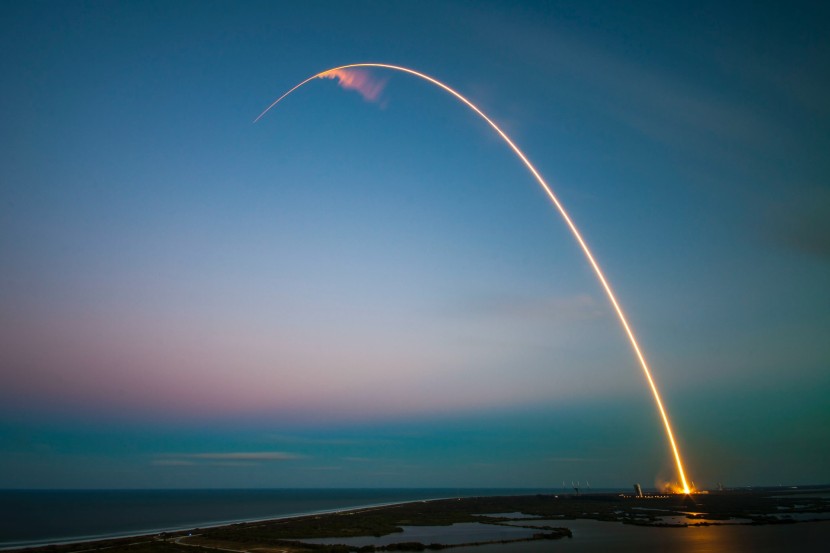Amazon's Project Kuiper internet satellite constellation will use a new laser link tech similar to SpaceX's Starlink.
The American e-commerce giant announced this effort on Thursday, Dec. 14, claiming that its new optical inter-satellite links (OISL) could greatly increase throughput and reduce latency for people using its satellite internet.

If this is true, the Project Kuiper satellite service, which was first launched in October, can effectively send signals even to a cruise ship far away from an Amazon internet spacecraft.
Amazon Project Kuiper Internet Satellite to Use Laser Link
According to BNN Bloomberg's latest report, Amazon has already tested its OISLs in two prototype Kuiper satellites.
"If you're going to serve maritime customers, air customers, you have got to be able to get data up to your satellites," said Amazon Project Kuiper leader Rajeev Badyal.
The Amazon Project Kuiper official claimed that their latest OISL technology will allow the internet satellite service to operate efficiently as a mesh network in outer space.
Using laser link technology to improve internet satellite performance is not new in the tech industry. Previously, SpaceX confirmed that it integrated its own laser tech on its newer Starlink satellite models.
Starlink's laser link internet booster also enhances the latency and speed of SpaceX's broadband networks. However, unlike Starlink, Amazon needs to focus on launching more Kuiper spacecraft as well.
As of writing, Amazon has two prototype Kuiper satellites in orbit, which it claims to be functioning properly. This is very few compared to SpaceX's Starlink satellites in orbit, estimated to be over 5,000 as of press time.
The e-commerce giant plans to launch 3,236 Kuiper satellites to complete its artificial constellation. Amazon added that it aims to test its satellite internet network with consumers around the second half 2024.
Read Also : EU Favors Amazon in Tax Arrangement Case, Allowing E-Commerce Giant to Avoid Over $270 Million in Back Taxes
How Amazon Internet Satellite Laser Link Tech Works

Tech Crunch reported that Amazon Project Kuiper's OISLs rely on infrared lasers to send data between internet satellites that are in orbit.
The earlier versions of this laser link tech were limited to connecting only two spacecraft. But, Amazon claimed that its OISL can connect multiple Kuiper satellites simultaneously.
The American tech firm explained that its laser link tech will allow its Project Kuiper internet network to be 30% faster than terrestrial fiber optical cables when it comes to sending data along an equivalent distance.
"Because light travels faster in space than it does through glass, Kuiper's orbital laser mesh network will be able to move data approximately 30% faster than if it traveled the equivalent distance via terrestrial fiber optic cables," explained Amazon.
Badyal said that the Kuiper OISL is designed to optimize for cost, reliability, and speed. He claimed that the entire laser architecture worked flawlessly from the very beginning.








